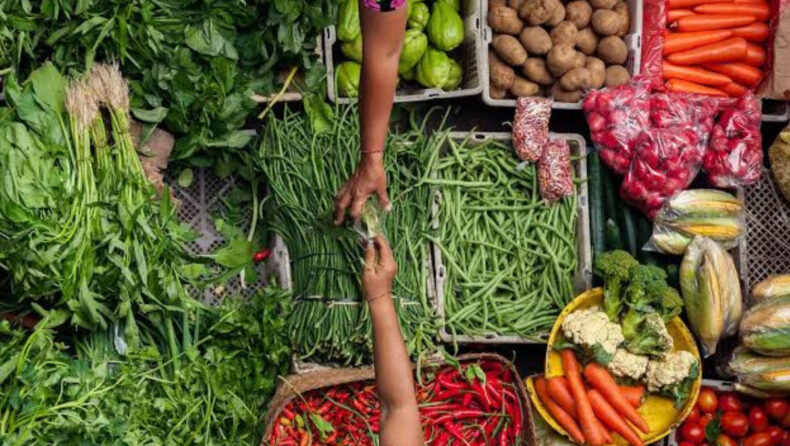The global food market is a complex and dynamic system that affects the lives of people around the world. Recently, the United Nations food agency, the Food and Agriculture Organization (FAO), reported that the world price index for food fell to a new two-year low in August. This surprising development came after a rebound in the previous month and was influenced by various factors, including declines in most food commodities and increases in rice and sugar prices. In this article, we will explore the implications of these fluctuations and their impact on global food security.
Table of Contents
The FAO’s Price Index: A Snapshot of the world
The FAO’s price index tracks the prices of the most globally traded food commodities. In August, this index averaged 121.4 points, a drop from the revised 124.0 points in the previous month. The July reading initially showed promise with a rebound from a two-year low in June when it stood at 123.9. However, August’s figure was the lowest since March 2021 and marked a 24% decrease from the all-time high reached in March 2022 during the aftermath of Russia’s invasion of Ukraine.
Factors Behind the Decline
Declines in Dairy, Vegetable Oils, Meat, and Cereals
The drop in the overall index was primarily attributed to declines in dairy products, vegetable oils, meat, and cereals. Factors such as ample supply in Oceania and slower Chinese imports contributed to the 4% drop in dairy prices, marking the eighth consecutive monthly decrease. Meanwhile, vegetable oil prices decreased by 3.1% in August.
Rice and Sugar Price Surges

Despite the overall decline, rice and sugar prices bucked the trend. The FAO’s rice benchmark saw a substantial 10% month-on-month increase, reaching a 15-year high. This surge was a result of India’s decision in July to ban exports of Indica white rice, disrupting trade at a time when supplies were already tight ahead of new-crop harvests. In the case of sugar, the index rose by 1.3% in August, standing at 34% above the levels seen a year earlier. This increase was fueled by concerns about the impact of the El Niño weather pattern on global sugar production.
Cereal Market Dynamics
In the cereal market, the FAO reported a 0.7% decrease in its cereal index compared to July. Wheat prices fell due to northern hemisphere harvests, while maize (corn) prices declined for the seventh consecutive month, reaching a near three-year low. This decline was influenced by a record Brazilian crop and the impending U.S. harvest.
Global Cereal Production Forecast
In a separate report on cereal supply and demand, the FAO forecasted world cereal production for this year at 2.815 billion tonnes, a slight reduction from the previous estimate of 2.819 billion. While this forecast was slightly lower, it still represented a 0.9% increase from 2022 and matched the record output of 2021. The downward revision was primarily due to factors such as dry weather affecting Canada and the European Union and heavy rain affecting Chinese crops.

Conclusion
The world food price index’s recent fluctuations, as reported by the FAO, underline the volatile nature of global food markets. The unexpected drop in the index, despite rice and sugar price surges, reflects the complex interplay of supply, demand, weather patterns, and trade policies. As we continue to navigate the challenges of ensuring food security for all, it is essential to closely monitor these trends and work towards stable and sustainable global food systems.













